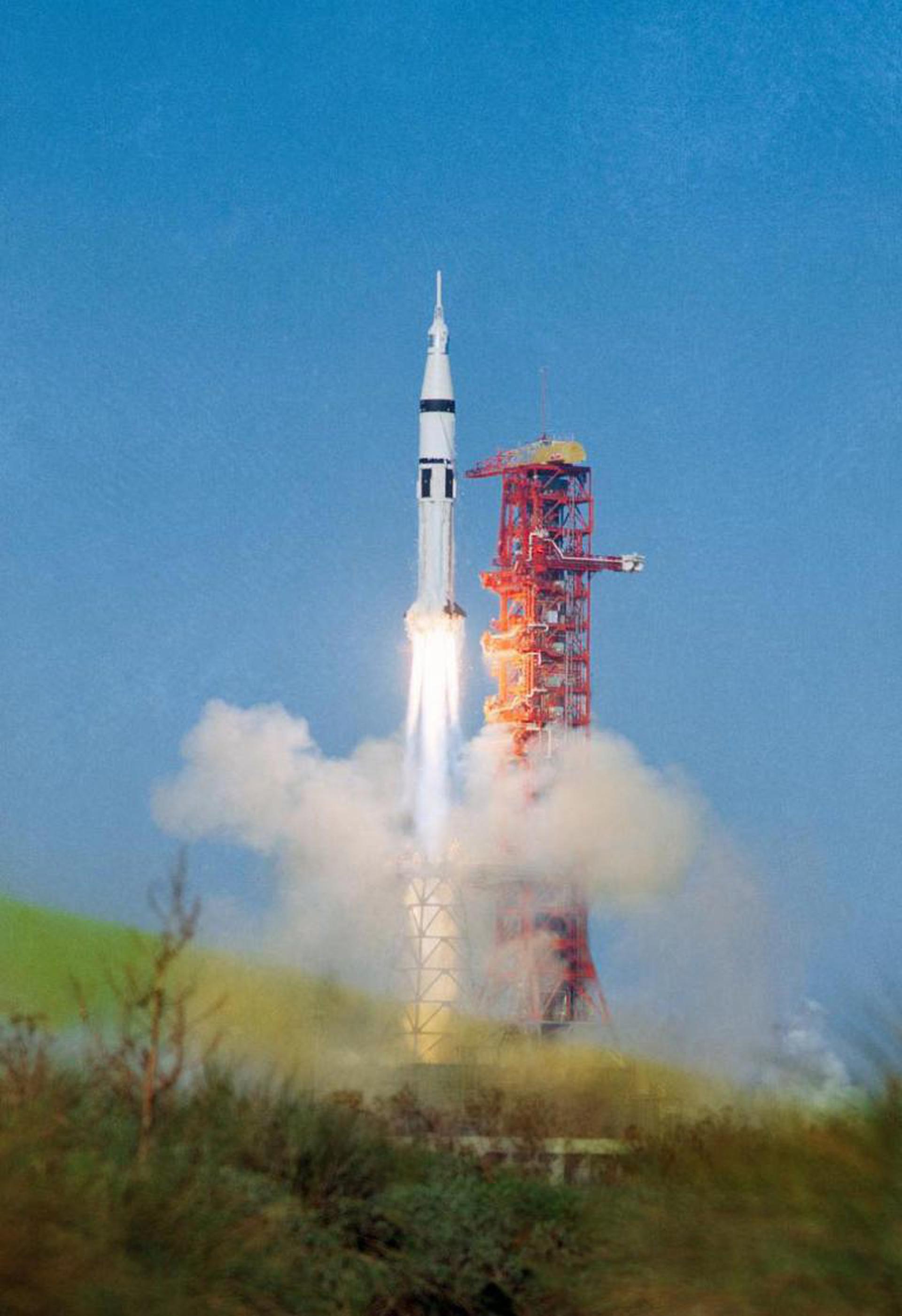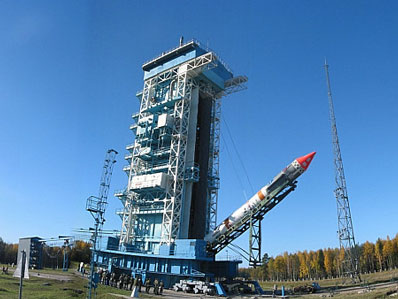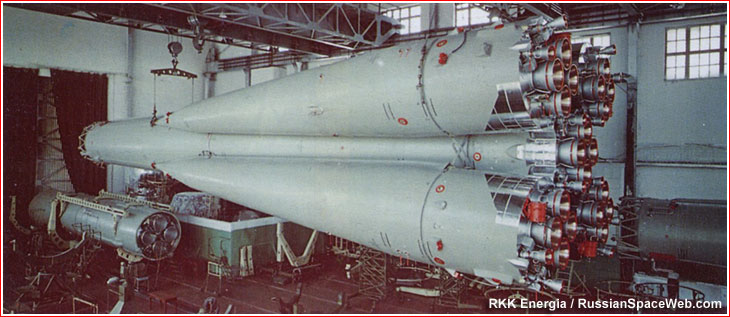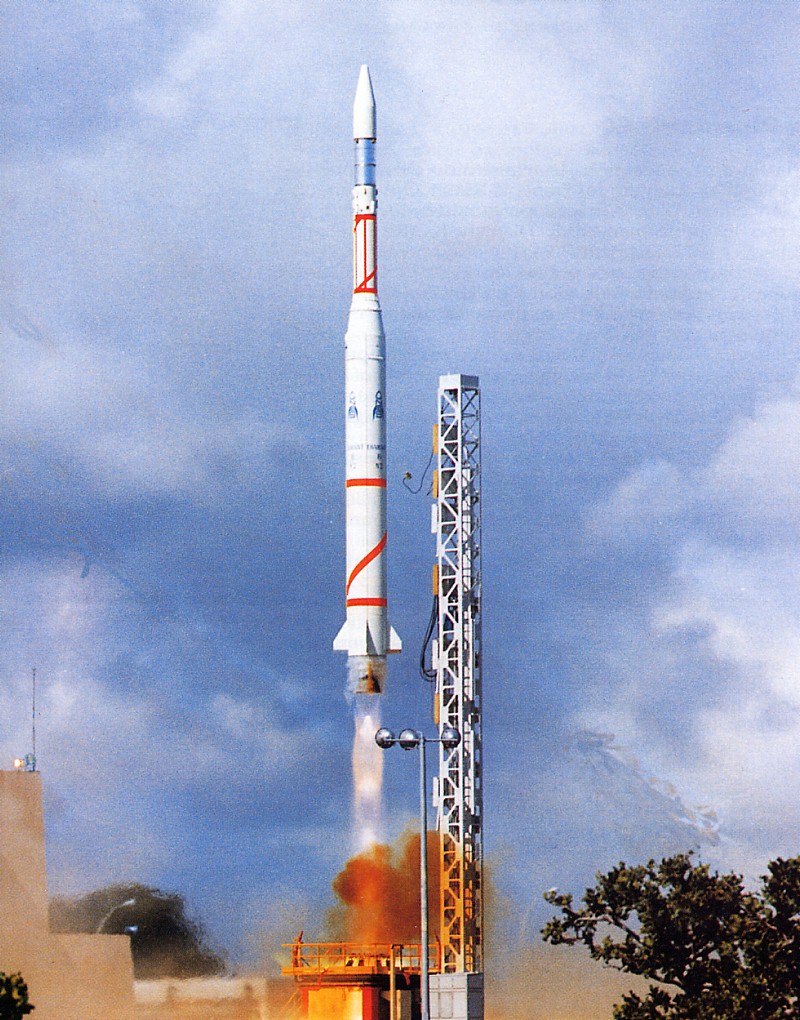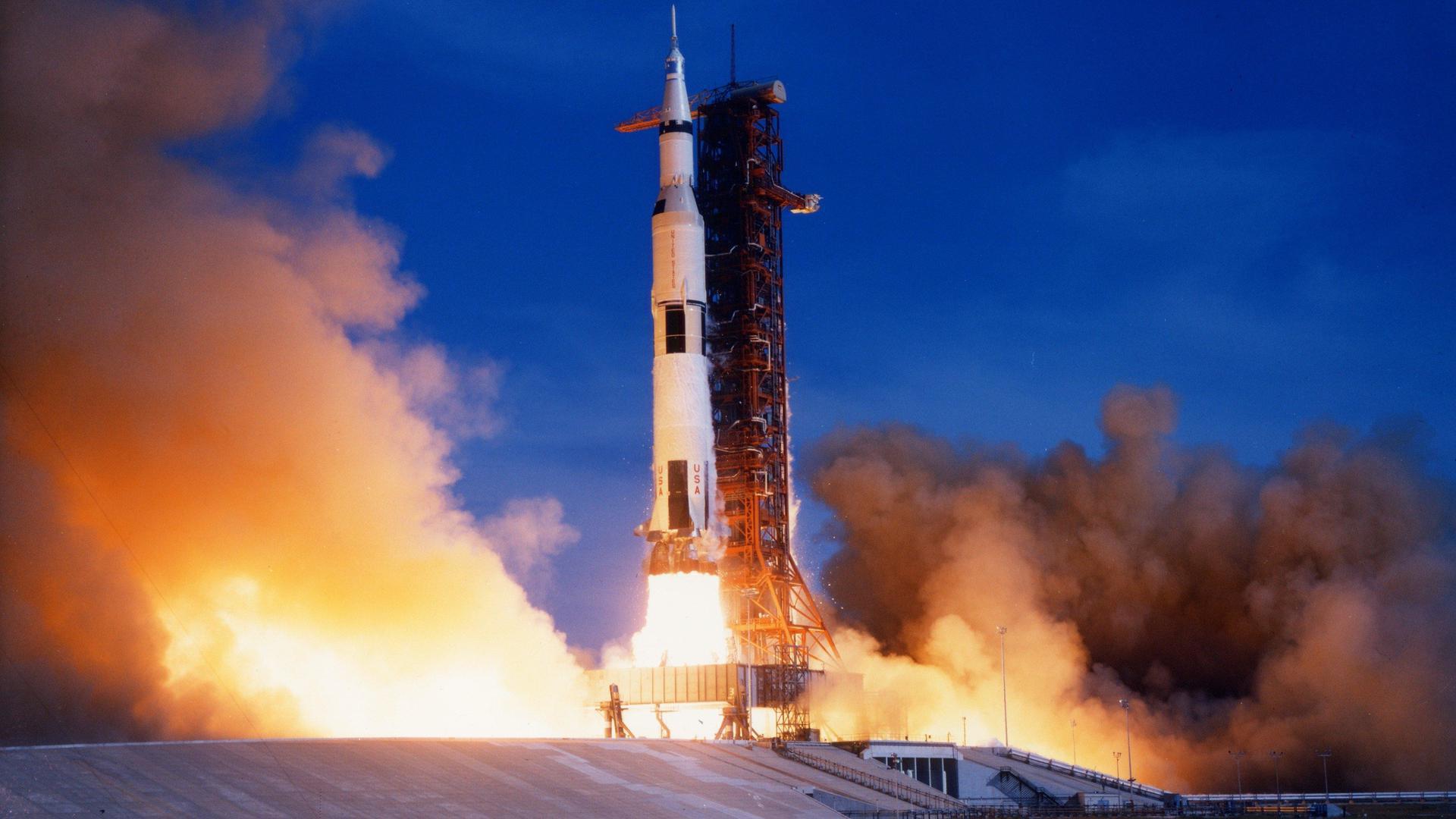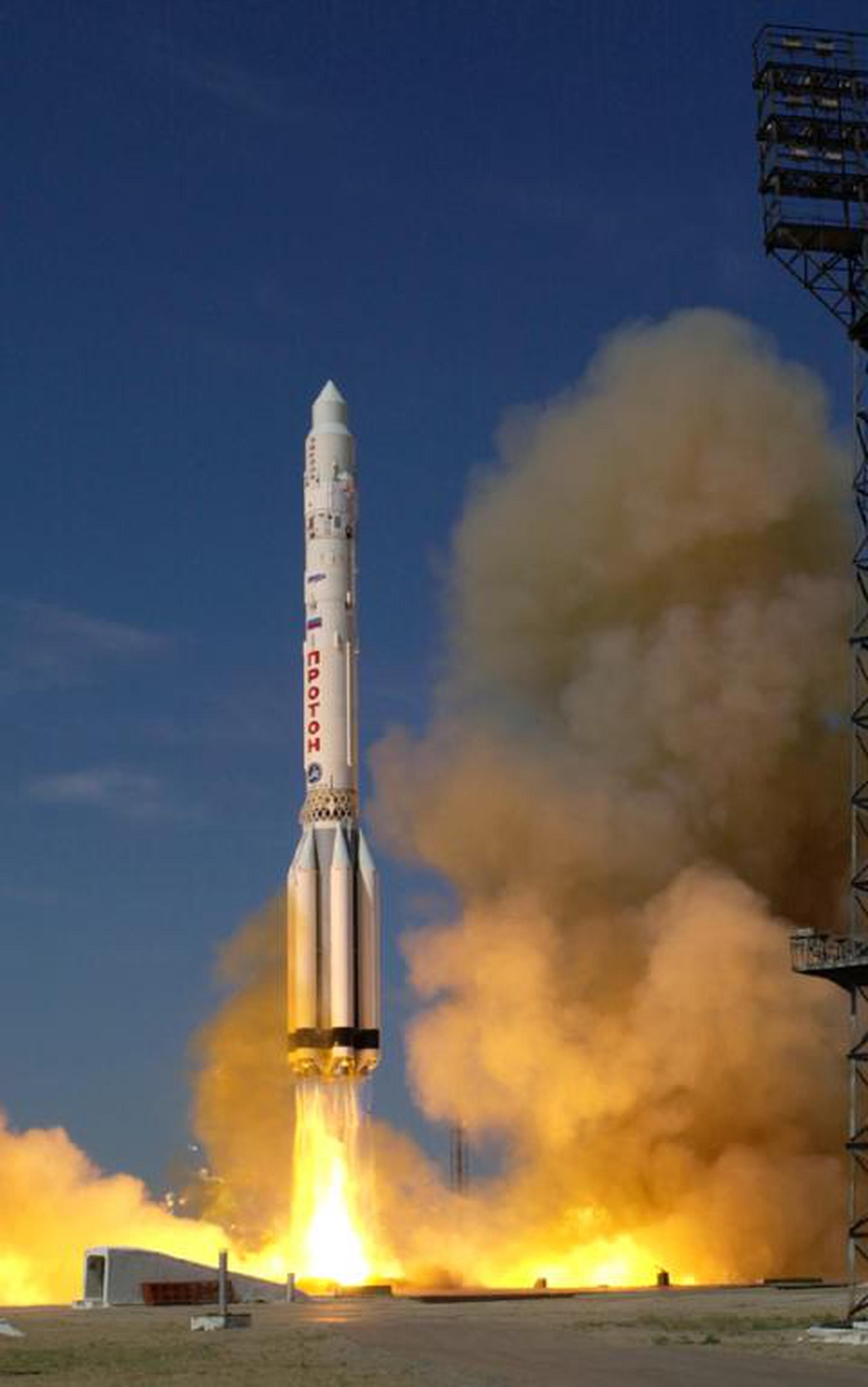Previous Spaceflight Launches
Filter by Agency, Locations or Vehicles
Show All LaunchesSaturn IB | Skylab 2
National Aeronautics and Space Administration | United States of AmericaKennedy Space Center, FL, USA
May 25, 1973, 1 p.m.
Status: Launch Successful
Mission:
Skylab 2 (also known as SL-2 or SLM-1) was the first crewed mission to the first US orbital space station Skylab. The mission began on May 25, 1973, 13:00:00 UTC with the launch of a three-person crew. Crew members were the Commander Charles "Pete" Conrad, Jr., Science Pilot Joseph P. Kerwin and Pilot Paul J. Weitz. During their 26-day stay on the station, crew performed station repairs and conducted scientific, medical experiments, gathered solar and Earth science data. The mission ended successfully with the splashdown in the Pacific Ocean on June 22, 1973, 13:49:48 UTC.
Low Earth OrbitKosmos-3M | Zaliv 12
Russian Space Forces | RussiaPlesetsk Cosmodrome, Russian Federation
May 25, 1973, 9:15 a.m.
Voskhod | Zenit-4M 48
Soviet Space Program | RussiaPlesetsk Cosmodrome, Russian Federation
May 23, 1973, 10:30 a.m.
Diamant B | Castor & Pollux
Société d'étude et de réalisation d'engins balistiques | FranceGuiana Space Centre, French Guiana
May 21, 1973, 8:47 a.m.
Soyuz U | Zenit-4MK 13
Russian Federal Space Agency (ROSCOSMOS) | RussiaPlesetsk Cosmodrome, Russian Federation
May 18, 1973, 11 a.m.
Kosmos 11K63 | DS-P1-Yu 62
Strategic Rocket Forces | RussiaPlesetsk Cosmodrome, Russian Federation
May 17, 1973, 1:19 p.m.
Titan 24B | KH-8 38
Lockheed Martin | United States of AmericaVandenberg SFB, CA, USA
May 16, 1973, 4:40 p.m.
Saturn V | Skylab 1
National Aeronautics and Space Administration | United States of AmericaKennedy Space Center, FL, USA
May 14, 1973, 5:30 p.m.
Proton | Salyut-3a
Khrunichev State Research and Production Space Center | RussiaBaikonur Cosmodrome, Republic of Kazakhstan
May 11, 1973, 12:20 a.m.
Voskhod | Zenit-4MK 12
Soviet Space Program | RussiaPlesetsk Cosmodrome, Russian Federation
May 5, 1973, 7 a.m.
